An Overview of Weaknesses of Each Lane in League of Legends
Here are the weaknesses of the five lanes in League of Legends so you can better understand which role is best suited for you.
Here are the weaknesses of the five lanes in League of Legends so you can better understand which role is best suited for you.
Although most of the strengths of each lane are more often talked about, it is imperative to address some weaknesses of each to understand League of Legends. Although some roles may have advantages that cater to your personal playstyle, some weaknesses may outweigh these advantages.
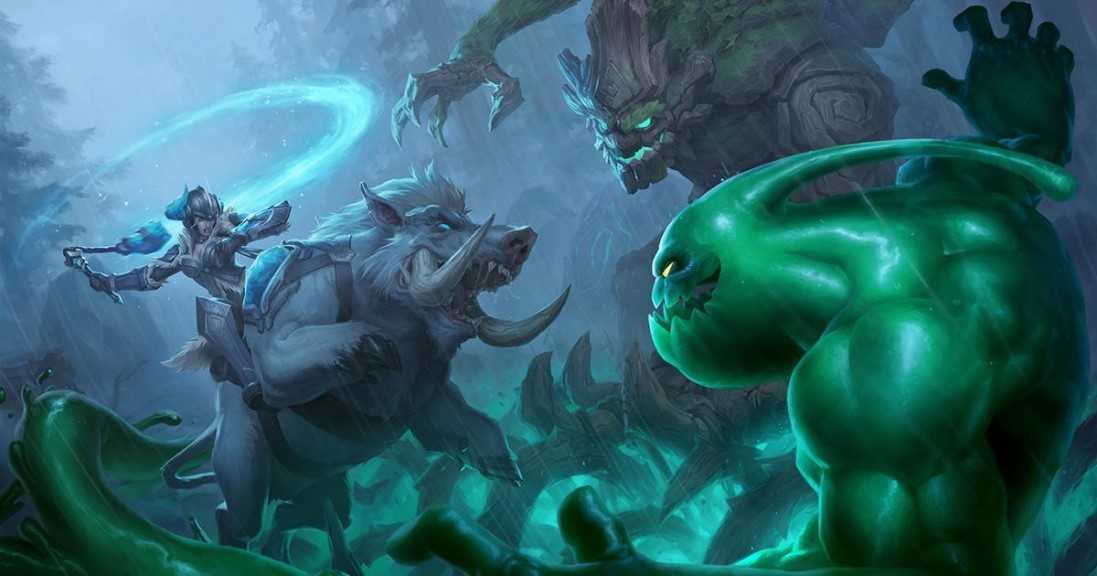
Mainly tanks and bruisers are found in the Top Lane. Because tanks usually deal the most minor damage and take the most damage, their role is to be a shield for the rest of the team. As a result, junglers tend to stay away from the top side of the map leaving the Top Laners in a constant stalemate. Once the game reaches the end game, the tank is extremely tanky, but they will often find themselves diving into the entire enemy team, trying to soak as much damage for their carries.
Although the impact of the tank is essential in League of Legends, sometimes, their impact isn’t reflected in their KDA or analytical gold or damage charts. Additionally, because Top Lane is so far from the rest of the map and early objectives like Dragon, they will mostly be absent from early team skirmishes. Because Teleport doesn’t transform into Unleashed Teleport until the fourteen-minute mark, Top Laners will find it hard to help the rest of their team without losing a ton of EXP within that time frame. Many Top Laners also take a while to scale, so if they ever get behind, they will be shredded in seconds by the enemy Marksman. Being a Top Laner requires being someone who is extremely patient and non-flashy.
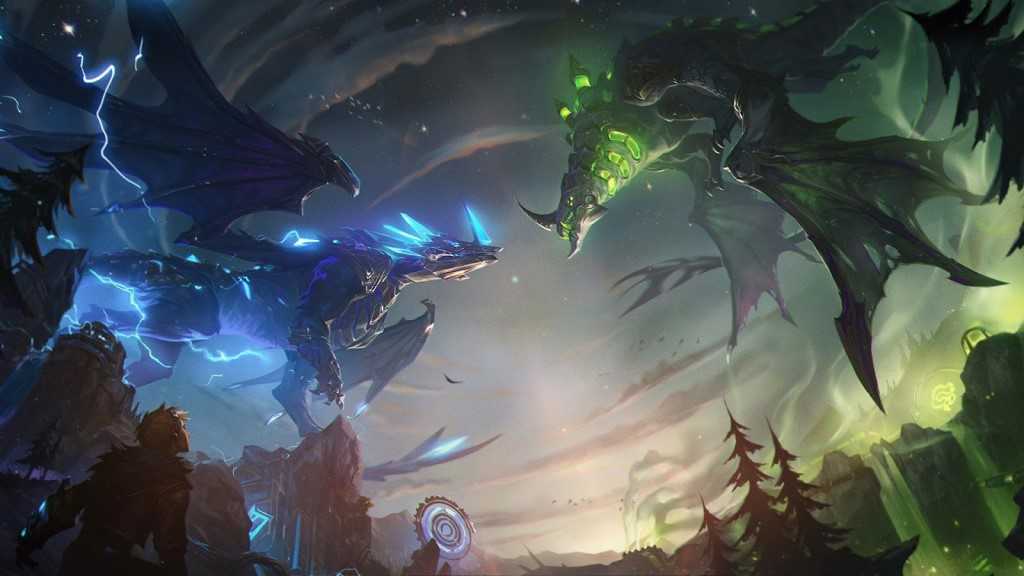
The greatest weakness of the Jungle is the enemy Jungler themself. Even with the Season 13 Jungle changes disincentivizing counter-jungling, many junglers still find ways to set back their opponents with it. All it takes is getting killed from one invasion to have your entire jungle taken by the enemy. In this situation, junglers feel powerless, having nothing to farm and not being strong enough to pull off successful ganks. Once a jungler falls behind, catching up to the enemy jungler’s level, map presence, and gold is extremely hard. If multiple lanes are in a losing position, it’s hard for the Jungler to help across the entire map while trying to keep up with their Jungle Camps.
Regarding large objectives like Dragon, Elder Drake, and Baron, all it takes for the game to turn around is a steal. There is a lot of pressure from the Jungler to either secure the objective or steal, depending on the situation. For someone to play Jungle, they must always remain levelheaded, be extremely calculating to find where to allocate resources best, constantly track the enemy jungler, and relay information to the rest of their team. Jungle is often seen as the role that can solo carry games, but that comes the burden of extreme difficulty.
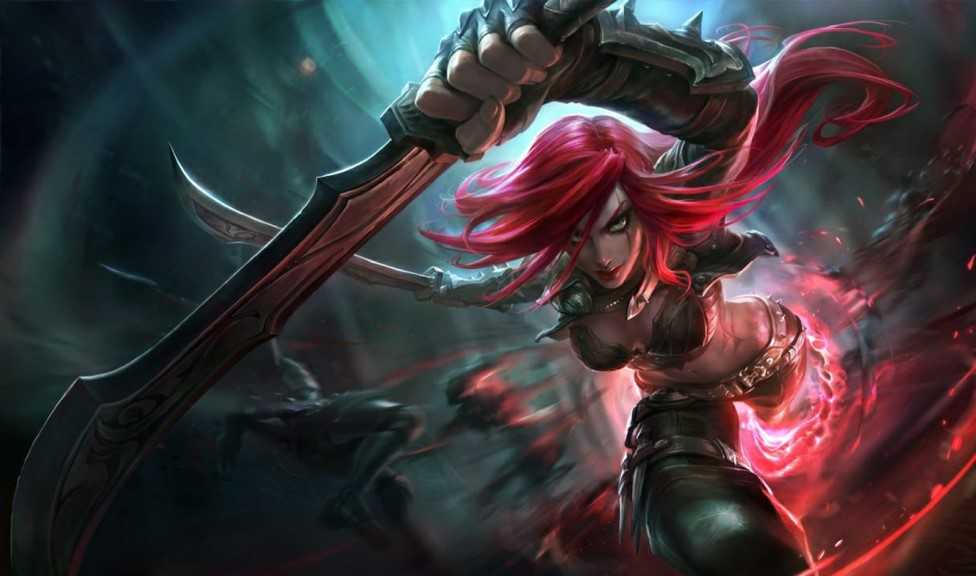
The Mid Lane is where all of the action is. Not only is it filled with the most mechanic-heavy Champions, but it is also physically the shortest and most centered lane; gaining control of this area not only increases a team’s map presence significantly, but it also allows the Jungler and Mid Laner to spread their advantage into the Top and Bot sides of the map. Mid Laners aren’t only focused on their own lane like Top and Bot Laners; they need to keep their eyes peeled for opportunities to roam Top or Bot to further their team’s advantage.
Additionally, because the Mid Lane is close to both the Dragon Pit and Rift Herald, they are also expected to gain control of the vision around that area, as well as fight off enemies while the Jungler is securing the objective. Mid Laners are in their weakest position when enemy minions are pushed into their own tower. At this position, not only will they have a harder time securing the farm, but their lane opponent will be able to roam without losing much experience and gold. When this situation happens, it is up to the Mid Laner to assess whether it’s more beneficial to farm the minions or provide backup to the other lanes. Thus, not only will the Mid Laner constantly be in action, but they must also be proactive and quick with their decisions.
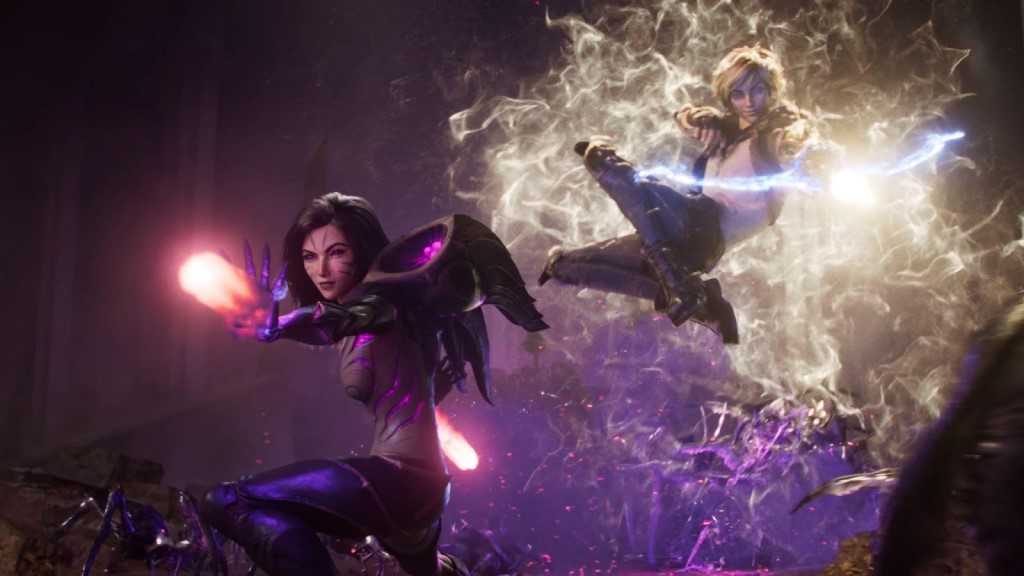
Marksman, who inhabit the Bot Lane, are some of the strongest carries in the entire game. At the same time, they are the squishiest and most easy-to-kill. The hardest part about playing ADC is positioning. Some ADCs overextend and do not stand behind their tanks. As a result, they are easily locked down by crowd control and are deleted from the teamfight. On the other hand, some ADCs play way too far back, resulting in a ton of lost damage. If an ADC cannot output their damage, there is no way a team can bring themselves to victory. Even if an ADC has perfect positioning, they have to deal with point-and-click abilities and summoners' spells, like Exhaust, that can sometimes make the role seem almost unplayable.
A good ADC will know when it is safe to step forward, when it’s necessary to take a step backward, and when they should create space. With all this in mind, playing ADC is a lot of pressure as they are the most important Champion on a team with the smallest margin of error. Naturally in Solo Queue, players will have very inconsistent games because their Support will be different each game. Not only does that hinder the ADC’s full carry potential, but it also hinders the Support’s potential to best support the ADC. Paired with the inconsistency from Solo Queue and the already challenging role ADCs have, it’s a very demanding position to play.
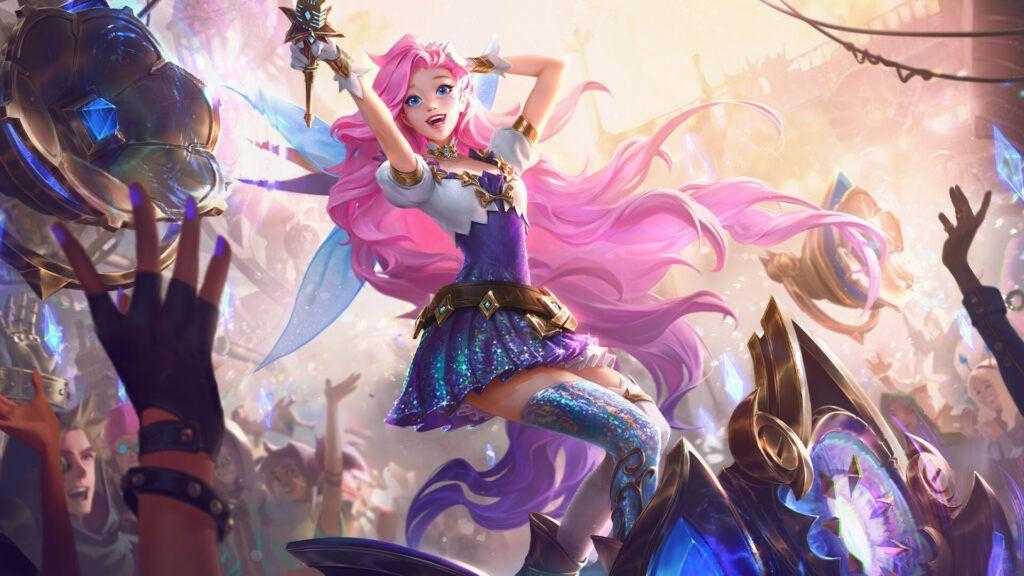
Support is the arguably the most unpopular role, and for a good reason; it is extremely hard to win games with full control as a Support. Oftentimes, their kits require zero error to be impactful. Champions like Blitzcrank and Thresh have only one ability that matters; if they don’t land that ability, they are rendered completely useless until their long cooldowns come back up. Even if Blitzcrank lands his hook, he must rely on his ADC or teammates to deal enough damage to turn that play into an advantage. Playing Support in Solo Queue is almost like coin-flipping. If no team member follows up on your plays, they won’t become plays.
As mentioned before, each Support player will have to support a different ADC each Solo Queue game. Sometimes one player’s playstyle may not work for every ADC, and that will inherently cause problems. It is on the Support to cater to what the ADC’s playstyle is, and to find when it's best to be aggressive or passive. A Support player must be flexible in adaptability and comfortable with not being in the spotlight, as everything they do will be credited to the rest of the team.
And that’s a wrap! There are the weaknesses of each lane so you can think twice about choosing which role to main. Despite all of these weaknesses, there are ways to have fun and win in every single role. Always remember to pick roles and Champions that are enjoyable to you, not what the meta points to.